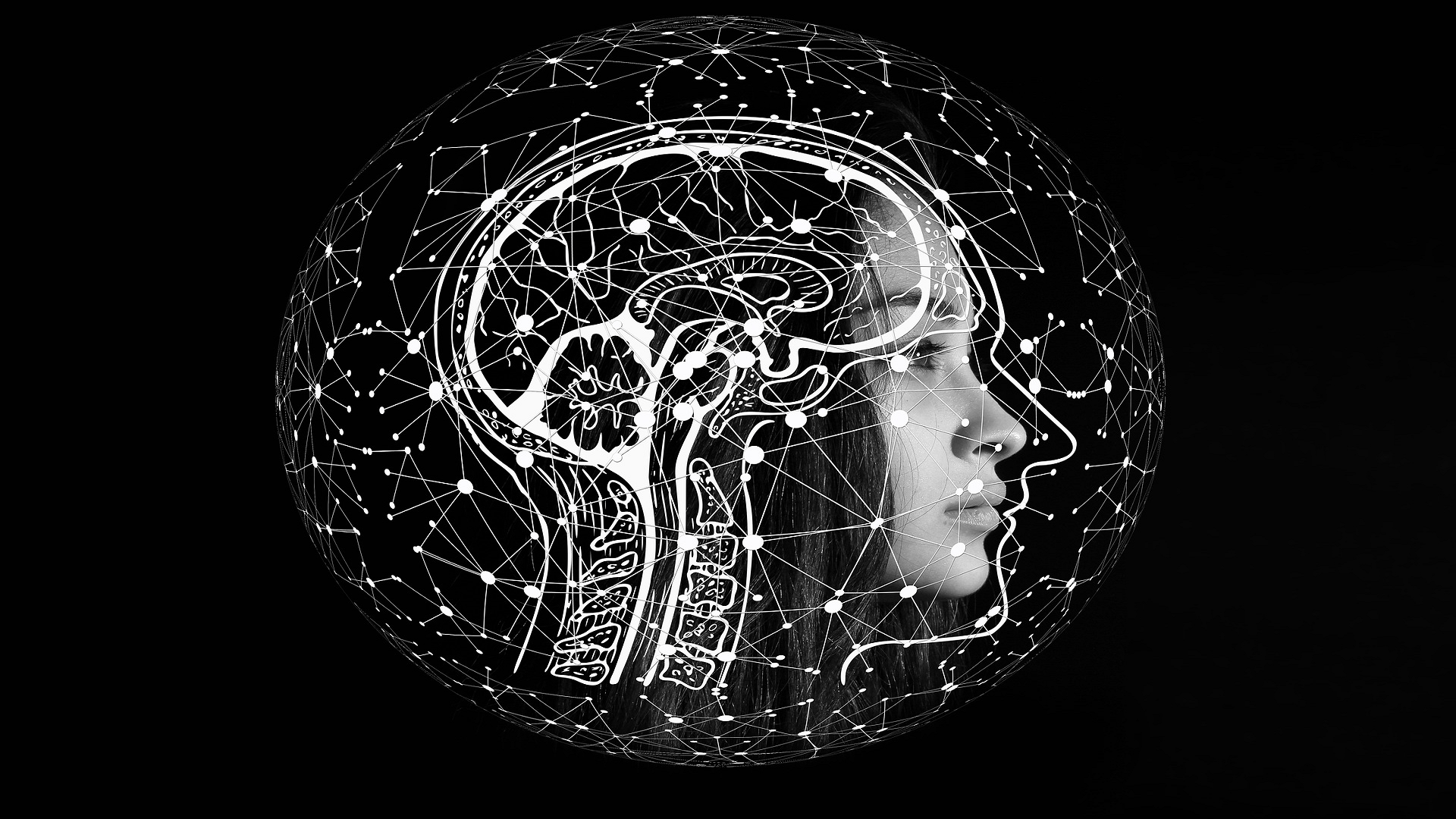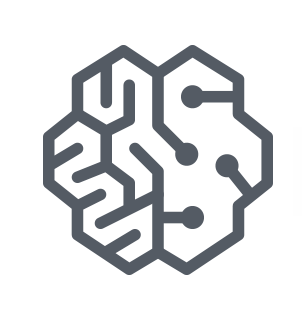What Trends Have You Missed in Artificial Intelligence?
Artificial Intelligence (AI) is swiftly spreading in popularity and usage all over the world. Ever since AlphaGo defeated Lee Sedol in 2016 in the Google DeepMind Challenge Match, confidence in AI’s value and merit has grown exponentially. There are more industry players, AI research programs, and advancements in the field these past few years than there have ever been since the term “Artificial Intelligence” was first coined in the 50s.
AI is being implemented more widely too across a multitude of sectors and functions, and there is a good reason for that. Entry barriers that used to prevent AI from being used in more applications are no longer there. There are AI platforms that can help you convert any unstructured data (i.e. social media posts from a market segment) into structured data and insights.
The rapid growth of AI and AI implementation means there are apparent trends that can be observed on the market. What are the best trends to follow in artificial intelligence? More importantly, what are the trends that you may have missed recently? Let’s dive in, shall we?
AI Shared Building Blocks
While adoption rates vary a lot (and not consistently), AI is now being used in most sectors. With that, the nuances in the AI are becoming more and more important while the basic building blocks are generally based on the same set of logical thought processes. Companies like Alibaba are now planning to make their core AI code available to the general public so that other companies can use the code and tweak the algorithms/models to fit their specific requirements.
AI-Related Policies
As mentioned before, AlphaGo’s victory in 2016 was an important milestone in the field of artificial intelligence.

Since then, governments have been crafting long-term plans, strategies, and policies designed to stimulate their nations’ AI industry.
China is among the most prominent in boosting AI through government activities. President Xi placed AI as the 6th most important field in the nation’s long-term vision. The country has since become the leading nation in AI development and implementation.
Even the biggest players in AI—companies like SenseTime and Huawei—are based in China. China isn’t just good at implementing AI; it’s also good at developing new applications and technological advancements in the field.
AI as a Service (AIaaS)
Another interesting trend that has been shaping up on the market is the increase in service providers offering access to AI-based computation. In the old days, platforms that let you utilize AI for computation were only available for big-data processing. Today, similar platforms let you analyze anything from raw data to CCTV videos.
AI as a service is good for both sides of the equation. For AI users, the cost of gaining access to artificial intelligence becomes substantially lower. For research companies, there is a bigger reward for investing in AI models and analytics. For service providers, on the other hand, the complex nature of AI implementation can be mitigated with cloud deployment.
Push for Accuracy
The performance of AIs currently in use is improving exponentially. Vision AIs are now capable of not only identifying faces, but also tracking emotion, scanning for behavioral cues, and more. The same vision AI entities can also scan roads for potholes and alert the local government.
AI is getting better at producing insights. Rather than stopping at processed, structured data, AI can now dig deeper into the information consumed and generate conclusions that are very helpful to humans. Instead of reading all 100 reviews for a hotel, you only need to spend 10 minutes reading an AI-powered summary of those reviews.
Higher accuracy means AI can be deployed in more situations. Face recognition for building management may not have been a viable solution a couple of years ago, but the AI behind today’s solutions are substantially better, which means the solutions are noticeably more reliable.
AI in Security
One of the trending areas where Artificial Intelligence works in its prime—thanks to its powerful learning strategies—is in helping security teams to identify threats from varying unknown sources or new sources and nullify them by blocking access. For example, with AI, security companies are able to find phishing emails with much more ease based on content, initial address, and other factors. Even if a hacker logs in and the data access patterns are different, the system immediately stops further access and forces the user to go through additional security measures.
AI can also be leveraged on the other side of the coin though on the part of bad actors intent on accessing systems. Traditionally, hacking a secure system required painstaking concentration and effort to find system loopholes and access points. With the advent of AI, hackers can systemically learn the policies and processes of a company with ease and use them as leverage for phishing purposes. Plus, the easy availability of additional CPU and GPU makes scaling efforts easier, coupled with AI, hackers can comprehensively scan a vast number of various accounts to find loopholes much faster now.
AI in Asia
Another trend you don’t want to miss is the shift of AI development to other regions. We already know that China is leading in this field, but potential AI startups are coming from other regions in Asia. If you see the NVIDIA MSPP list—a list of top AI companies capable of providing smart city solutions—you will see a startup from Indonesia competing with companies from Israel and the United States.
Asia’s adoption of AI is also higher than in other regions. In Southeast Asia, where regulations that govern AI implementation are yet to mature, AI is being used to anything from background checks to surveillance. City governments are utilizing AI to deliver better services to their citizens. Enterprises, on the other hand, focuses more on efficiency.
AI in Manufacturing
Speaking of AI for efficiency, the use of AI in the manufacturing industry is also growing rapidly. The manufacturing industry, however, isn’t necessarily using AI to replace human operators—this is the fear of money when AI was first being implemented in the field. Instead, AI is being used to optimize manufacturing processes and allow human operators to do more with less hardware.
One of the most interesting implementations of AI in manufacturing is predictive maintenance. The process starts with continuous monitoring and data analysis across the manufacturing line. Since AI can collect and process data 24/7, the insights that can be gathered are voluminous.
Once continuous data analysis generates insights, AI can move towards granular monitoring of the production line. It doesn’t take much analysis then of the learning process before the AI can accurately predict when your machine needs to be serviced based on how rollers are working, variations in the production cycle time, and other minute details.
AI Pushback Vs Widespread adoption
With more jobs being replaced with algorithmic systems i.e. machines, the pus back in using the AI is increasing more and more from blue-collar workers and politicians. But that is all outdated news.
The new pushback focuses not on whether AI is being used or not used, but if it is being used ethically.
For example, how the U.S. Department of Housing and Urban Development revealed that the increasing use of AI in housing loan applications was discovered to be negatively impacting their years of work on improving fair housing practices. In response, HUD has actively changed how the AI within the process should be used with a twist that the decision-making process needs to be revealed and approved. HUD is hoping that this step will reduce the unintentional discrimination surrounding the machine learning component.
Another example in 2018 was how Amazon scrapped its internally built recruiting program which had ‘learned’ a bias against hiring women in the software development world. Bias in AI can begin to seep in at many stages in systemic processes and current computer science practices aren’t enough to recognise and prevent it. One of the many challenges in mitigating bias in AI is that, just as in law, philosophy and ethics, is that what the absence of bias looks like is unclear. The definition of ‘fairness’ is a very gray concept—and not just to a machine.
The fear surrounding AIs unethical and biased leanings are intensifying the pushback for companies to create and enforce policies that standardise and police such issues while preventing impact on AI adoption rates.
Still No Creative Work
AI is affecting a wide range of fields, but the one thing that AI still cannot do effectively is what is considered ‘creative’ work. Being the most challenging part of developing intelligence, more research programs are focusing on this specific task.
Don’t get me wrong; AI can create pictures, make art, and do interesting things. However, those activities are completed based on past knowledge rather than a spark of originality or unique innovation personal to the machine.
It is also worth noting that AI is becoming more common in the eyes of end-users or customers. Could that mean that we will see a truly general AI in the near future? That is a question for another article.
Ibexlabs is an experienced DevOps & Managed Services provider and an AWS consulting partner. Our AWS Certified DevOps consultancy team evaluates your infrastructure and make recommendations based on your individual business or personal requirements. Contact us today and set up a free consultation to discuss a custom-built solution tailored just for you.









